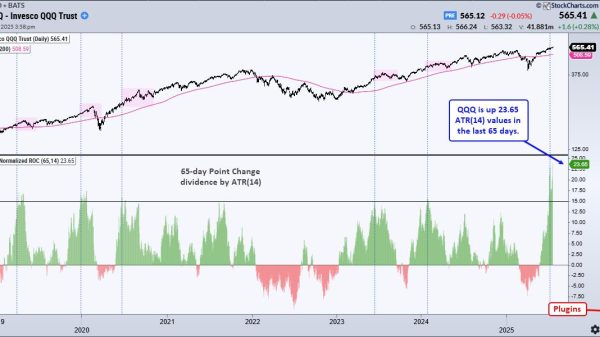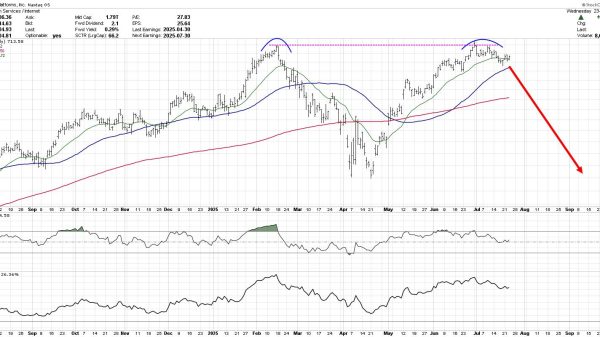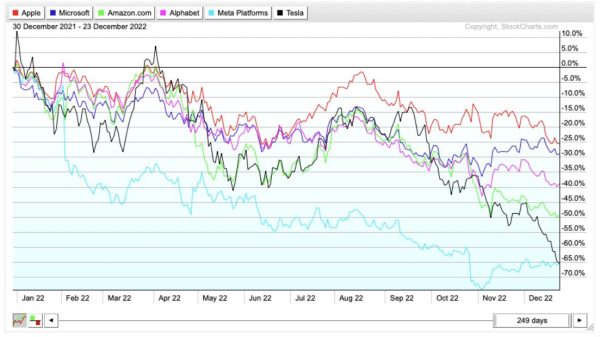As play begins on Monday, Sept. 8, the Brewers have a 7½-game lead on the Cubs, who hold the top NL wild-card spot.
The Brewers have 18 games remaining in the regular season, which break down into six more series.
A team’s ‘magic number’ is the combination of wins, plus losses by the team’s closest competitor to achieve a certain goal.
One way or another, these Milwaukee Brewers always seem to find a way to defy the odds and claim a spot in the postseason. This year’s Brewers squad has battled injuries, slumps and unexpected hurdles, and yet … with three weeks to go in the regular season, look who has the best overall record in the major leagues.
With 18 games remaining in the regular season, the Brewers have an 89-55 record and a 7½-game lead over the Chicago Cubs in the NL Central. According to FanGraphs, they have a 99.3% chance of winning the division title and clinching a first-round bye in the playoffs.
Brewers’ magic number to clinch playoff berth
As play begins on Monday, Sept. 8, the Brewers have a 7½-game lead on the Cubs, who hold the top NL wild-card spot. The Cubs are three games ahead of the San Diego Padres and five games ahead of the New York Mets, who hold the third and final NL wild-card spot.
For Milwaukee (55 losses) to clinch a playoff spot (the third NL wild card), the number of Brewers wins plus Mets losses (67) over the final 18 games would have to equal … seven.
Brewers’ magic number for NL Central division title
As we look ahead to some champagne-spraying (or more appropriately, beer-spraying) in the Brewers clubhouse, the magic moment will take place when they officially eliminate the Cubs from overtaking them in the NL Central.
For Milwaukee (55 losses) to clinch the division title, the number of Brewers wins plus Cubs losses (62) over the final 18 games would have to equal … 12.
What is a magic number?
A team’s ‘magic number’ is the combination of wins, plus losses by the team’s closest competitor to achieve a certain goal — such as clinching a playoff berth or a division title. The exact formula is: Games remaining +1 – (Losses by second place team – losses by first place team).
Every time a team wins or its closest rival loses, its magic number decreases by one.
Brewers’ remaining schedule
The Brewers have 18 games remaining in the regular season, which break down into six more series. The opponents:
Sept. 8-10: at Texas (3)
Sept. 11: off
Sept. 12-14: vs. St. Louis (3)
Sept. 15: off
Sept. 16-18: vs. L.A. Angels (3)
Sept. 19-21: at St. Louis (3)
Sept. 22-24: at San Diego (3)
Sept. 25 off
Sept. 26-28: vs. Cincinnati (3)



























